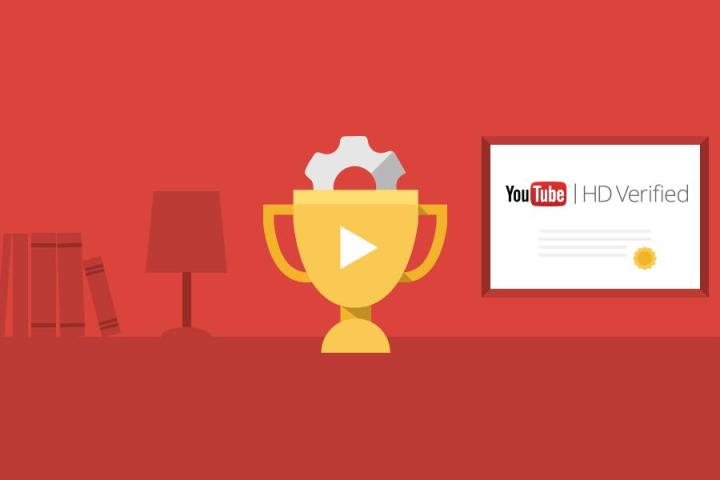
Google is launching an initiative it hopes will help consumers better understand the kind of service its Internet Service Provider (ISP) offers while at the same time encouraging the ISPs to provide the best possible connection speeds, and is using YouTube streaming as the basis of its project.
Aware that for Web users there are few things more frustrating than a video that freezes mid-play, or a picture that crumbles into a mass of unwatchable fuzziness, Google will measure the video streaming quality of ISPs and rate them according to “the video streaming quality you can expect (at least 90% of the time) when you watch YouTube on an ISP in a specific area.”
On its new Video Quality Report site highlighting the initiative, Google explains that YouTube quality, as well as Internet speeds in general, can also be affected by other factors, including how your Wi-Fi is set up, the number of connected devices, and the level of congestion along any part of the content’s end-to-end path, a factor that can vary widely throughout the day.
With this in mind, the Mountain View company aims to produce accurate results by drawing its data from billions of YouTube videos watched across thousands of ISPs during a 30-day period, starting with Canada, a country that in Google’s eyes already has plenty of ISPs offering a high level of service. Results will be made available for viewing region by region, though the Web company’s timetable for taking its research to other countries isn’t currently known.
Ratings
Once Google has evaluated the data, it’ll rate the ISPs in the following way:
A ‘YouTube HD Verified‘ rating, for example, means watching HD videos (720p or 1080p) should be a breeze the vast majority of the time, with fast load times and no annoying hiccups in performance.
A ‘Standard Definition‘ rating means standard definition videos (at least 360p) should be watchable with “moderate” load times.
The ‘Lower Definition‘ rating – one that all ISPs will certainly want to avoid – means low resolution videos load slowly and could freeze from time to time.
Speaking to the Financial Post about the project, YouTube’s Shiva Rajaraman said it’s designed to offer Web users a clear and simple measure of performance, while at the same time giving ISPs the chance to more easily describe their various products and price points. He added that the ISPs would be welcome to use its video quality ratings in their marketing campaigns to help consumers better understand the kind of service they can expect to receive.


